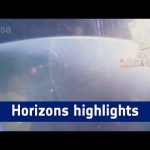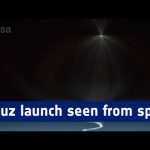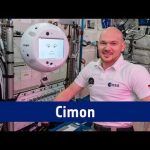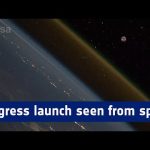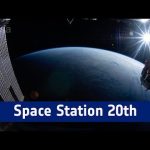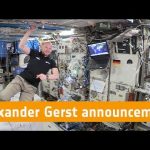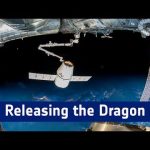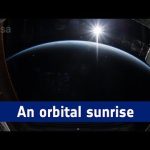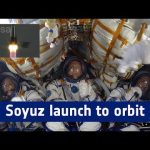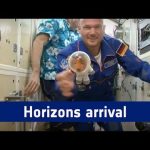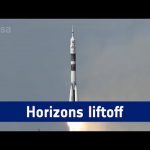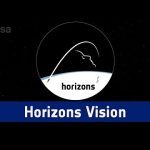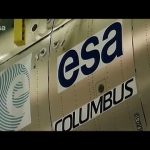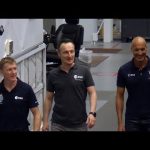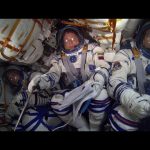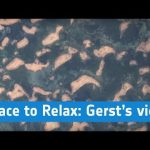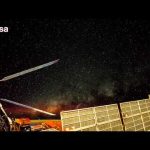Astronauts with their sights on the Moon receive world-class geology training during the fifth edition of ESA’s Pangaea campaign.
ESA astronaut Alexander Gerst and NASA’s Stephanie Wilson joined the course to learn how to read a landscape, collect scientifically relevant rocks and effectively communicate their geological observations. From choosing landing sites for a future Artemis mission, to designing science operations for a moonwalk, the course challenges space explorers to become field scientists.
The astronauts gather a wealth of geological knowledge and learn how to be the eyes and ears of scientists on the ground through a balanced mix of theory and field trips across Europe. A crew of leading European planetary scientists and engineers make sure the trainees work in tandem using the best geology observation techniques.
The course began in September 2022 in the Italian Dolomites with lessons on martian geology and asteroids at the Bletterbach canyon.
During the second leg of the training, Alexander and Stephanie followed the footsteps of Apollo astronauts to study the Ries crater in Germany, one of the best-preserved impact craters on Earth, where American crews trained before their flight to the Moon.
The astronauts travelled to the Spanish Canary Island of Lanzarote for an intense week of training in November 2022, where they learned about the geological interactions between volcanic activity and water – two key factors in the search for life.
Follow the latest news about Pangaea training on Twitter, read all about it on the blog and watch their steps with our Flickr gallery.
Pangaea Twitter: https://twitter.com/esaspaceflight
Pangaea blog: https://blogs.esa.int/caves/category/pangaea/
Pangaea Flickr: https://www.flickr.com/photos/europeanastronauttraining/sets/72177720301663321/
★ Subscribe: http://bit.ly/ESAsubscribe and click twice on the bell button to receive our notifications.
Check out our full video catalog: http://bit.ly/SpaceInVideos
Follow us on Twitter: http://bit.ly/ESAonTwitter
On Facebook: http://bit.ly/ESAonFacebook
On Instagram: http://bit.ly/ESAonInstagram
On LinkedIn: https://bit.ly/ESAonLinkedIn
On Pinterest: https://bit.ly/ESAonPinterest
On Flickr: http://bit.ly/ESAonFlickr
We are Europe’s gateway to space. Our mission is to shape the development of Europe’s space capability and ensure that investment in space continues to deliver benefits to the citizens of Europe and the world. Check out https://www.esa.int/ to get up to speed on everything space related.
Copyright information about our videos is available here: https://www.esa.int/ESA_Multimedia/Terms_and_Conditions
#ESA
#Training
#Astronaut
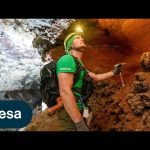
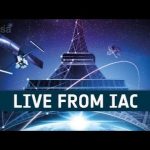
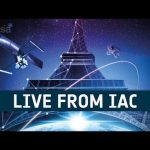
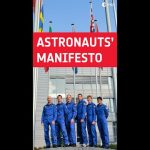
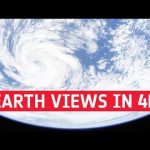
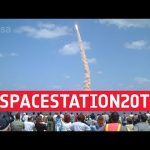

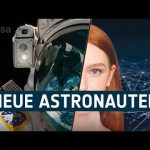
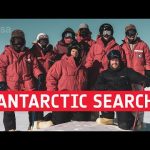
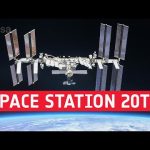
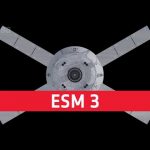
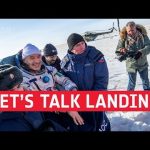
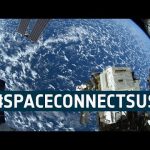
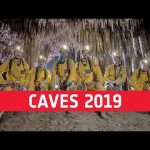
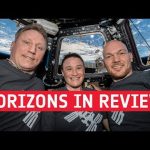

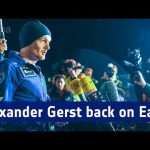
![Nachricht an meine Enkelkinder [with Closed Captions]](https://video.kidibot.ro/wp-content/uploads/2020/03/6507/nachricht-an-meine-enkelkinder-with-closed-captions-150x150.jpg)
